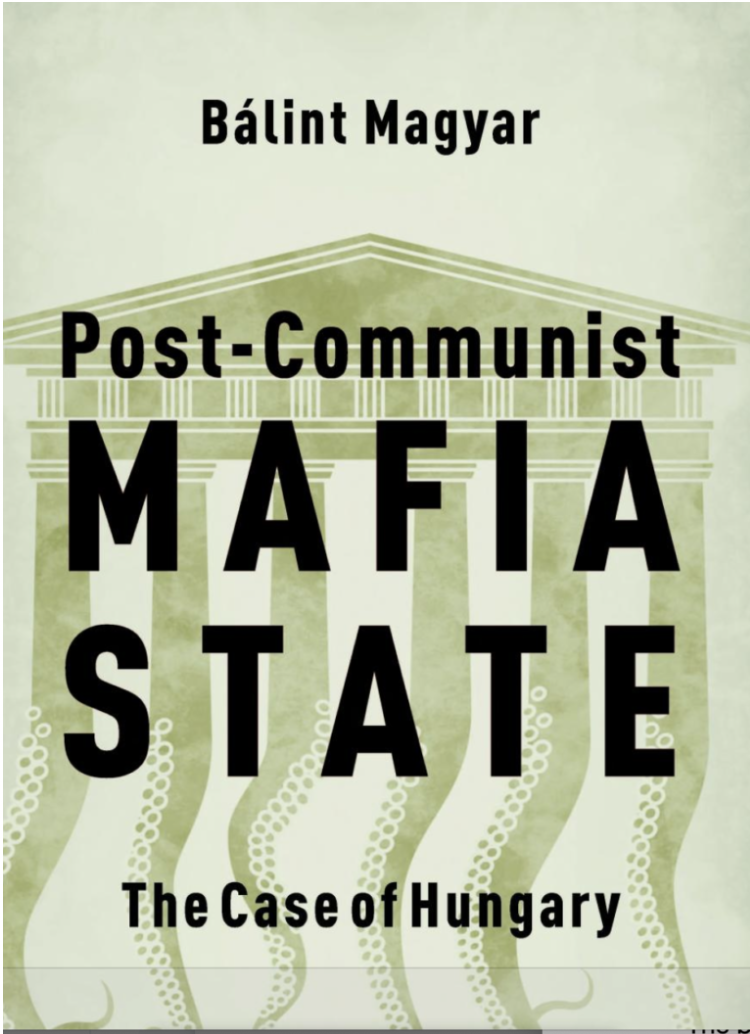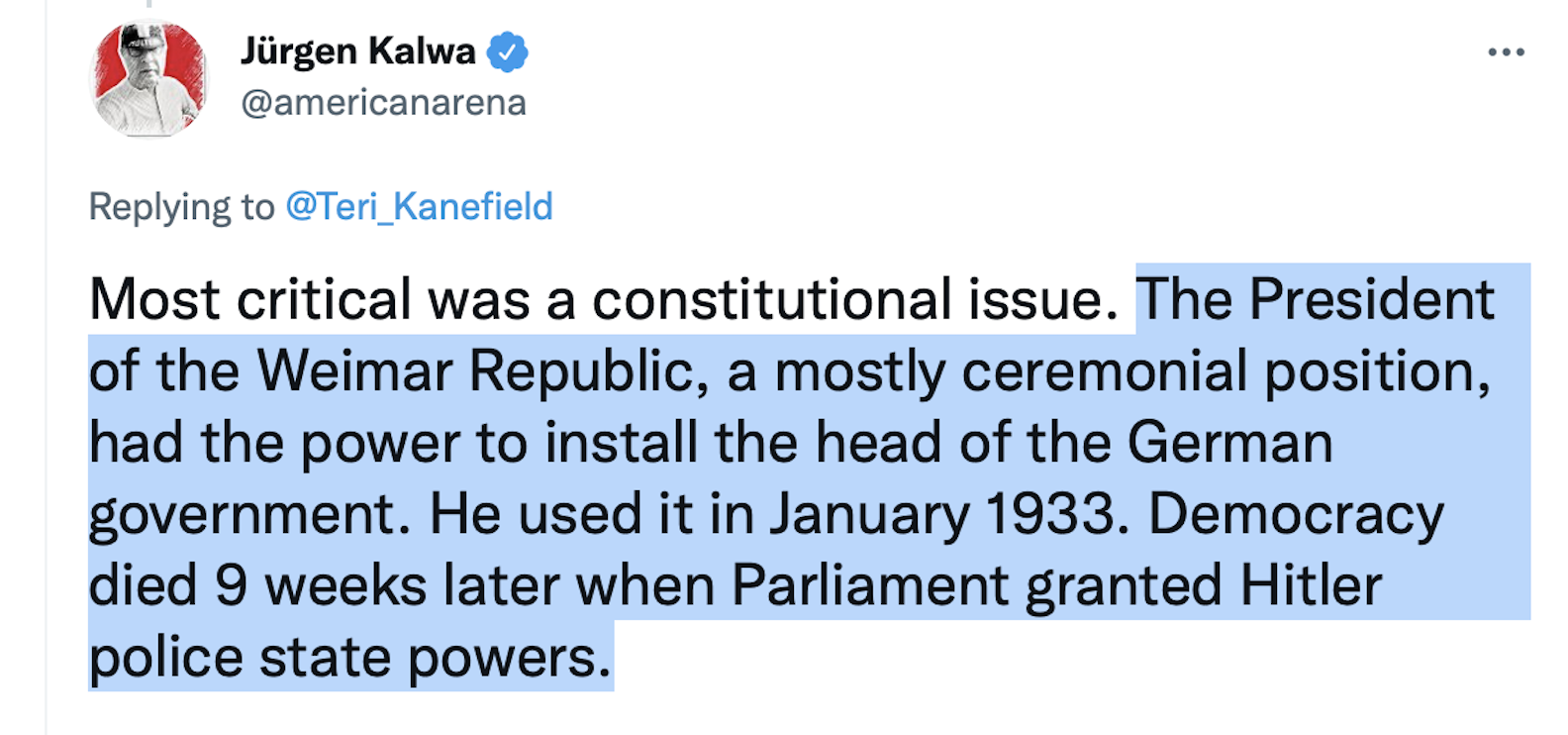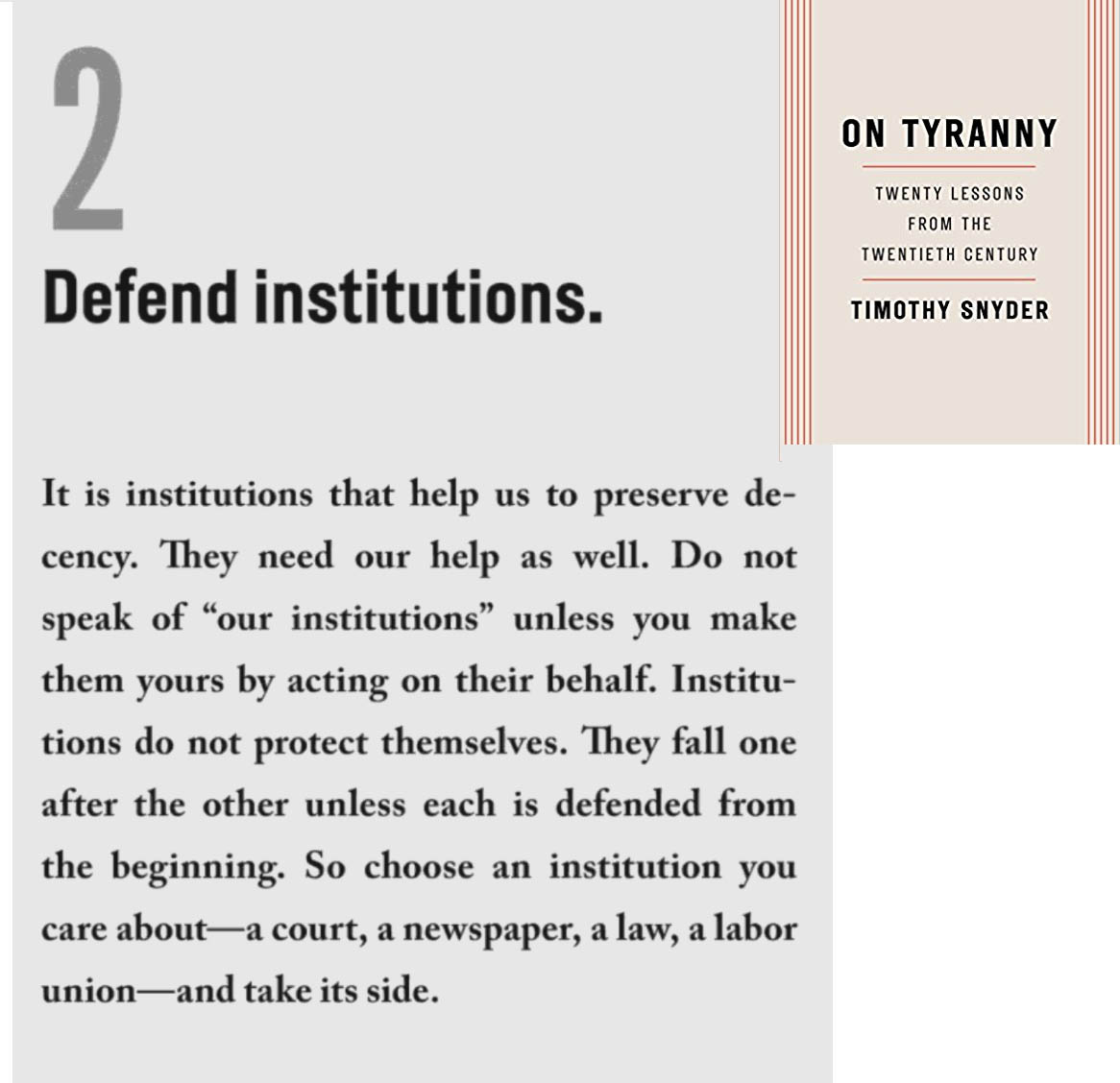This blog post started out as a YouTube video. You can see it here.
This week we learned that a lawyer who was working with Trump to try to overturn the election detailed a six-step plan for how to hand the presidency back to Donald Trump. The lawyer is John Eastman, a former clerk for Justice Thomas, a former law professor, and an active member of the Federalist Society.
The entire plan is in writing, in a memo.
To set the scene, January 6th was the day Congress formally counted the electoral votes and certified the election. Recall that Mitch McConnell made clear that the counting would happen according to law and on time. Recall also that by early January, courts had uniformly rejected Trump’s claims of voter fraud and rejected his attempts to overturn the election.
Some this blog post comes from a piece I published in The Washington Post, which you can read here.
The plan Eastman detailed was supposed to unfold like this: Then-Vice Pence would begin counting electors from the states alphabetically, “without conceding” that he was following the procedure outlined in the Electoral Count Act. When reaching Arizona, Pence would announce that “he has multiple slates of electors and so is going to defer decision on that until finishing the other states.” This, as Eastman intended, would be “the first break with the procedure set out in the [Electoral Count] Act.”
Even if Pence had agreed to go along with this scheme — which he didn’t — the plan would have gone off the rails right there because, in fact, no states put forward alternate slates of electors. The so-called “alternate electors” were Trump allies claiming, without authority, to be electors. Members of Congress would have therefore objected immediately to Pence’s false claims and his refusal to count certified electors. Chaos would have ensued.
But as Eastman envisioned the proceedings unfolding, Pence would simply set aside the electors from seven states with “ongoing disputes,” and the assembled lawmakers would sit silently by.
Then, according to Eastman’s memo, after counting each state and concluding with Wyoming, the last state in alphabetical order, Pence would announce that “because of the ongoing disputes in the 7 States, there are no electors that can be deemed validly appointed in those States.” Pence would then announce that Trump had won the majority of valid votes, whereupon he “gavels President Trump as reelected.”
Eastman’s fantastic scenario is based on the laughable claim in his memo that the “Constitution assigns the power to the Vice President as the ultimate arbiter.” The idea is absurd on its face. If, in fact, the Constitution empowered the sitting vice president to basically select the next president, Vice President Al Gore in the 2000 election could have rejected the Florida electors and declared himself elected. Also under this theory, in 2024, the Democrats can send pretend electors from red states, and Vice President Harris can “resolve the dispute” by rejecting the certified electors and declaring President Biden reelected regardless of how the vote actually turned out.
Eastman anticipated that there would be objections after Pence announced Trump’s reelection. One possibility his memo envisioned was that Democrats would insist on following the Electoral Count Act, which requires disputes to be resolved separately by each house of Congress.
But in reality, this wouldn’t have happened. The proceedings would have broken down entirely because there were no disputes as envisioned by the Electoral Count Act — and Pence didn’t have the authority to do anything other than count the electoral votes.
That didn’t stop Eastman, who imagined that Congress would go along with Pence’s pronouncement that there were “disputes” to resolve and he had the next step prepared. Senate Republicans — the memo suggests Sen. Ted Cruz (Tex.) or Rand Paul (Ky.) — who would gum up the works by declaring the Electoral Count Act unconstitutional and demanding “normal rules (which includes the filibuster).”
Eastman imagined this would create a “stalemate” for the Democrats to take to court. He further imagined that the courts would take the patently absurd position that the Constitution grants the sitting vice president the power to decide the winner of a presidential election, even though they had already rejected all of Trump’s other bogus claims.
There are claims that we came “close” to losing our democracy.
Let’s be clear what we’re talking about. We’re not talking about Trump staying in power for another term. If Trump could successfully set aside the election and keep himself in power, there would be nothing at all to constrain him. It would mean all democratic processes had broken down. Trump would be a dictator. It also presumes that the Supreme Court would be willing to entirely overturn the Constitution and give the party in power the authority to keep handing itself the White House.
The scheme also presumed that the American people, the vast majority of whom knew that Trump lost the election, would tolerate Trump setting aside the results of the election and remaining in power. After a year that saw passionate nationwide protests over George Floyd’s death, it’s clear that Americans would not have sat back and tolerated such a coup. It would have been obvious to everybody that the president who once said that Americans should give lifetime presidential appointments “a shot someday” would, in effect, be a dictator. Today’s Americans would not tolerate this. Moreover, military leaders had indicated they were not going to keep Trump in power through force.
While Eastman’s scheme would not have succeeded in keeping Trump in power, it could have given further credence to Trump’s lie that the election had been stolen from him, thus stoking more unrest and resentment among his supporters.
It also could have caused widespread chaos and perhaps additional violence. After all, at the precise moment that Pence was supposed to enact this plan, a mob of insurrectionists was prepared to do battle on Trump’s behalf.
So it’s not like that harebrained scheme could have, with the banging of Pence’s gavel, made Trump a dictator. The memo nonetheless has evidentiary value. Trump introduced Eastman at the Jan. 6 rally as “one of the most brilliant lawyers in the country.” Trump also appeared to refer to the scheme outlined in Eastman’s memo (which was, of course, not yet available to the public) when he told the assembled crowd on Jan. 6 this about John Eastman:
And he looked at Mike Pence, and I hope Mike is going to do the right thing.
I hope so. I hope so Because if Mike Pence does the right thing, we win the election.
“looked at this and he said, ‘What an absolute disgrace that this can be happening to our Constitution.’ And he looked at Mike Pence, and I hope Mike is going to do the right thing. I hope so. I hope so. Because if Mike Pence does the right thing, we win.”
As historian Heather Cox Richardson pointed out, the memo thus serves as evidence that Trump intended to subvert the election and have himself declared the winner. The memo also makes clear exactly why Trump turned the crowd that day against Pence. At about noon Jan. 6, Trump told rally-goers that if Pence didn’t “come through,” it would be a “sad day for our country.” The mob got the message. Several hours later, Trump supporters roamed the Capitol calling out for Pence to be hanged.
So although doomed to failure, the memo will no doubt be useful to the House Select Committee to Investigate the January 6 Attack on the United States Capitol as lawmakers look at evidence of Trump’s intentions.
Hungarian scholar Magyar Balint offers a theory that explains why the United States held out against the same tactics that caused other countries to collapse into autocracy. His theory also explains why comparisons across nations don’t always work.
While writing about what he calls post-Soviet mafia states in Europe, he also talked about what he calls the “big bang” theory: He says that the “conditions preceding the democratic big bang have a decisive role in the formation of the system.”
Here’s how I understand the theory. First, I’ll use Russia as an example. At the time of the Russian Big Bang (the early 1990s, when a Democracy struggled to be born) the Soviet government controlled all the nation’s resources and industries. Russia had never had working democratic institutions. Before democracy could take hold, there was a mad scramble to seize control of the nation’s resources and industries. The bandits who seized the industries (in the name of privatizing them) are now the ruling oligarchs. Russia never had working democratic institutions so totalitarianism could take hold again.
Now, for Germany. Until the end of World War I, Germany had a kind of monarchy. The Weimar Republic was created out of whole cloth amid much chaos (including economic chaos). This German journalist offers a succinct and accurate description of the constitutional issue:
At the time of the American Big Bang, we lived in a hierarchy with White men at the top. We had operating democratic institutions, by which I mean a free press, courts based on rule of law, a jury system, local governments.
But the institutions protected the freedom of White men only. So that’s our default.
You see, the United States has never actually been a fully functioning multi-racial democracy. Before the modern civil rights movement, America was ruled by White men. For the past 60 or so years, we’ve been trying to make the transition from a rule of law government in which the democratic institutions protected White men to a rule of law government in which the democratic institutions protect everyone equally. What we are seeing now is a reaction. They don’t want the United States to make the bridge. They want to go back to the time when White men ruled. That’s what John Eastman wants. People like John Eastman are terrified of a multi-racial democracy. They’re afraid they’ll be replaced. They think that Trump is the better alternative so they’re willing to blow up democratic institutions in order to avoid a multi-racial democracy.
I’ve noticed that, over the past four, or five, or six years, that many Republicans come to a line they can’t cross. For the “never Trumpers” that line was nominating Trump in 2016. For Liz Cheney, it was the insurrection. For McConnell and Pence (and the judiciary) the line was essentially making Trump a dictator.
Others like John Eastman and Rudy Giuliani have no line. I think the way to understand people like Pence and McConnell and even Justice Roberts is that they want the kind of democracy we had in the past, before the modern civil rights movement; heck for some of them, before the Civil War. They want to return to our default, what America was at the time of the formation of our system. They don’t want to blow up democratic institutions altogether. They want the democratic institutions to exist—for White men.
If we want to be precise with our use of language, the voting rights bills put forward by the Democrats will help make the bridge from a democracy that works for White men to a democracy that includes all. This explains why certain Republicans who denounced the insurrection won’t support that bill. Those Republicans don’t want to destroy all of democracy. They want to prevent (or they are afraid of) transitioning to a multi-racial democracy.
Some people have the idea that the way to prevent another coup is to punish the instigators harshly enough. Punishment won’t eradicate the threat of fascism. The “if there are no consequences they will try again” people are confusing two separate problems. We have a law enforcement problem. Laws are being broken. We have a right-wing extremist problem: The radical right-wing doesn’t want to live in a liberal democracy. The criminal justice system will not and cannot eradicate the threat of fascism. It isn’t intended for that. Punishment will serve a lot of purposes, but it won’t prevent fascists from trying again. Hitler and Mussolini came to horrible ends, but fascism returned.
Besides, facts don’t bother them. They’ll just say the prosecutors and juries were biased against them. This is not to say don’t prosecute them, but don’t think that prosecution will solve the problem.
What saved us from Trump’s attempted coup was the strength of our democratic institutions.
A complex government with power spread out widely makes it harder for a dictator to take over. A slow-moving government better resists a takeover.
The way to prevent a successful coup is to strengthen our democratic institutions so that they can also withstand the next attack. How do we do that? So glad you asked. I have a tab on my website called Things to do. Get involved. Democratic institutions are made up of people, and we’re the people. The 2nd item on Timothy Snyder’s list for how to prevent a tyrant is to defend institutions:
People on Twitter tell me that “our system is broken because. . .” That makes me cringe.
What the heck is the “system” other than institutions?
And people who want democracy to survive should be defending them.


